|

新サイト建設中(アメリカ突撃体験レポ本を含めた出版の資金源を模索中)
アメリカでの便利屋(旧サイト)はhttp://benriyausa.comへ
メークオーバーして移転。
 

|
Chapter Ten: US Cities and Mass-transportations
 はじめに: はじめに:
|

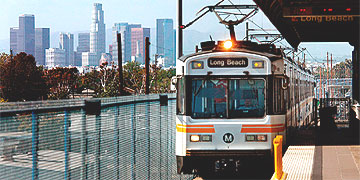 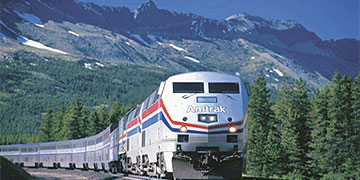 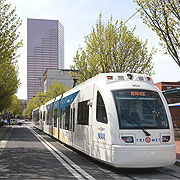
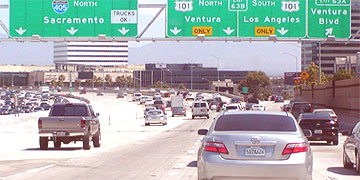 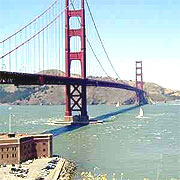 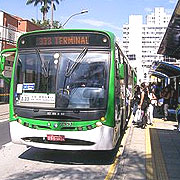 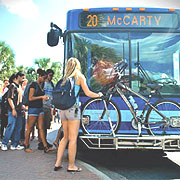
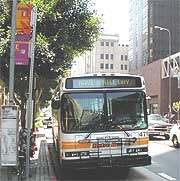 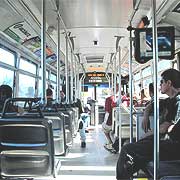 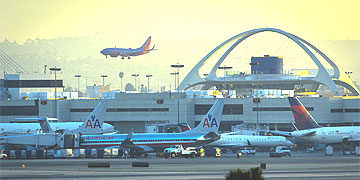 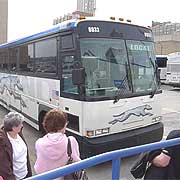
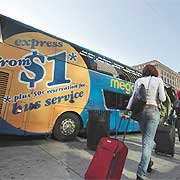 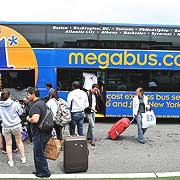 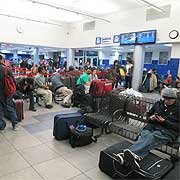 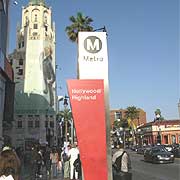 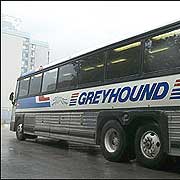
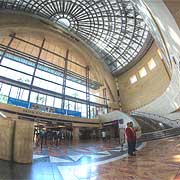 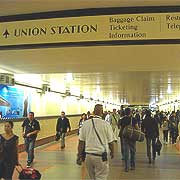 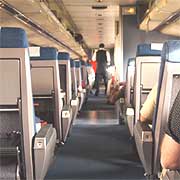 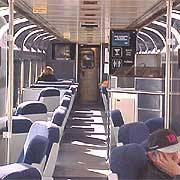 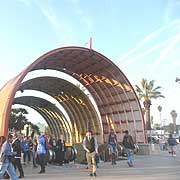
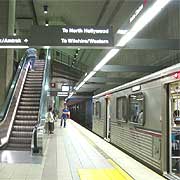 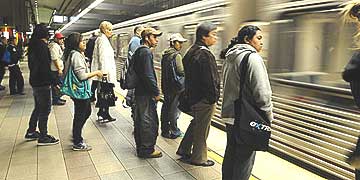 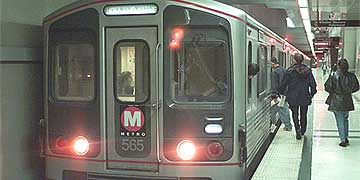
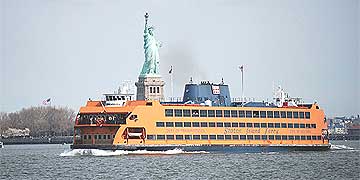 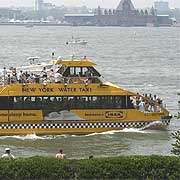 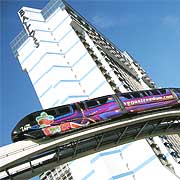 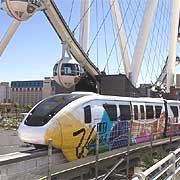
On The Road: a journey through modern America with
Greyhound
From its humble origins in Hibbing, Minnesota, Greyhound became one of the
iconic American transport companies. Laura Barton is travelling across the
US this week trying to understand its allure 100 years after it started
Laura Barton
Tuesday 16 December 2014 16.07 EST
Last modified on Tuesday 16 December 2014 16.43 EST
Detroit Greyhound station, Sunday morning, and I am waiting to buy a
ticket to Indianapolis. The station is busy at this hour – travelers pull
wheeled suitcases across the polished floor, a small girl whirls around
the seats, couples hold each other quietly, tightly, poised for farewell.
People check departure times, strain to make out the public address
announcements. They fiddle with phones, sip vending machine coffee and
argue with the ticket clerk. Through the windows, I watch the buses steam
and rumble in the winter sunshine.
For the next four days I will be travelling by Greyhound, from Michigan to
rural Kansas, making a radio documentary about who rides these buses,
where they are going and why they are travelling – and to understand
Greyhound’s role in modern America.
This year, Greyhound turned 100. The company that began in Hibbing,
Minnesota, is now a huge intercity business, serving 3,800 destinations
across the US and Canada, with a headquarters in Dallas, Texas.
Advertisement
In the early days its aims were less ambitious. Carl Eric Wickman,
Greyhound’s founder, was born in Sweden and moved to the United States in
1905. His job as a drill operator in Alice, Minnesota, ended in 1914, and
a stint as a car salesman came to naught. But it did leave him with a
seven-seater passenger vehicle, and he used it to set up a transportation
business – ferrying iron ore miners from Hibbing to the saloons of Alice
at 15¢ a time.
The business proved successful and expanded rapidly. Four years later,
Wickman was turning a $40,000 profit on 18 buses and acquiring interests
in bus companies across the country, finally naming the corporation
Greyhound in 1926. Two years later it was grossing an annual income of
$6m.
By the early 1930s, intercity buses were beginning to rival the Class I
railroads in popularity. And then in 1934 came It Happened One Night,
Frank Capra’s screwball comedy about an heiress travelling by Greyhound
bus. It starred Clark Gable and Claudette Colbert, won five Academy
Awards, and is credited with hugely increasing the popularity of Greyhound
travel – the following year bus travel (including all of the national bus
companies, of which Greyhound was the largest) had grown by 50%.
The building of the Interstate Highway in 1956 changed America’s
relationship with the bus. Now people wanted cars, the speed and
independence of automobile travel, untethered to schedules and bus
stations. Among many attempts to make bus travel alluring, Greyhound
introduced a new ticket – ‘99 Days for $99’ – that proved particularly
popular with tourists and young Americans. At the start of this year I
interviewed Beck, and he mentioned in the course of our conversation the
wonder of buying that ticket as a teenager, boarding a bus in Los Angeles
with a bag and a guitar and crossing the country to New York. The reality,
he admitted, had been less thrilling – the blur of time and rest stops,
the boredom, the discomfort, the surprise and disorientation upon finding
oneself tipped out in a Manhattan bus station with nowhere to go. But the
romance of that journey lingered. “I’d love to do it again,” he said.
Advertisement
This is the interesting thing about Greyhound – the gulf between
perception and reality. In the collective imagination, the Greyhound still
represents freedom, America’s perpetual thirst for movement and momentum.
It is Simon & Garfunkel lyrics, Kerouac prose and Buffalo 66. But it is
also nicknamed the “dirty dog” and these days, since the rise of the
automobile and the aeroplane, those who travel by bus are often the
country’s poor and vulnerable – those who cannot afford a car, or to buy
gas, who certainly could not fork out for a plane ticket. And among them
are those whose lives have become itinerant – who may travel for work, or
to see if the next place is better than the last, who keep on moving
because to stay put would be impossible, inconceivable, intolerable.
It is a long time since I last travelled by Greyhound. Then, I was 18
years old and making a journey across Canada, stopping off at all the
place-names that sounded so poetic to my untravelled English ear: Banff,
Medicine Hat, Saskatoon. I barely slept for the entire month-long trip,
staying awake to watch the landscape unfold – mile after mile of dark fir
trees and plain-land, tiny red lights blinking in the black night. The
stars above so furiously bright.
The people I met on that journey have stayed with me. The young woman with
Down’s Syndrome, so thrilled to be travelling alone, who left her wallet
at a gas station and passed the rest of her journey in floods of tears;
the soldier making his way home to marry his sweetheart; the
respectable-looking elderly woman raising conspiracy theories and talking
in circles, who alighted at Calgary and who was still there a week later
as I made my way back through the city.
These people, that landscape, all served to show me how wide the world was
and how many stories there were to be told. But also how many things go
unsaid, how much there is to learn simply from asking someone’s origin and
destination and letting them fill in the gap.
On this trip I did exactly this. From the man leaving a Detroit casino
that bright Sunday morning, headed for his home in Ann Arbor, his head a
little heavy, his wallet a little lighter, to the young man sitting beside
the gumball machines in Indianapolis bus station in the early hours of the
morning. I crouched down to speak to him as he explained that this was his
first Greyhound journey, and that he feared it might be dirty and smelly.
We listened to the trains rumble overhead, to the chanting of football
fans celebrating the day’s victory, to a man singing hymns to himself a
few seats away. He told me he was going to see his father out of state,
that he had recently been in a car accident that had left him with two
black eyes and scratched up arms. And as he spoke, this pale, slip of a
boy carrying only a knapsack, I wondered if I believed any of what he told
me.
Along the way I also encountered many reminders of progress and change and
the different sides of America: I met the black, female bus driver who
talked proudly of how seriously she took her job, her uniform, her
responsibility, and I couldn’t help but think that it was only 60 years
ago that Rosa Parks was told to sit at the back of the bus. In Kansas City
I met a teenage girl moving to Kentucky to live with her girlfriend,
carrying several large bags and three stuffed unicorns given to her by her
grandmother. Soon after I spoke to Jeffrey, a young man travelling to Salt
Lake City to see the family who had thrown him out a decade before, and
who had since left the Mormon church and become a Christian missionary.
I alighted in Hays, Kansas, a little nowhere stop in the plains, and then
I stood in the cool evening air and watched the bus drive off back towards
the highway – the distant hissing of brakes and the glow of the
tail-lights, and just for a minute I longed to go with it, just to see,
perhaps, if the next place might be better than the last.
Greyhound 100, a documentary of this journey, is available to listen to on
the BBC World Service.http://www.theguardian.com/culture/2014/dec/16/journey-america-greyhound-bus |
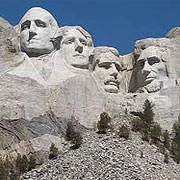 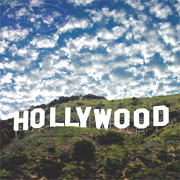 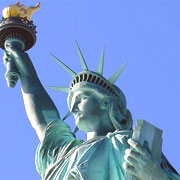 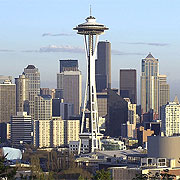 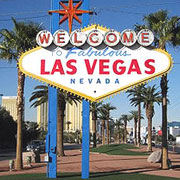
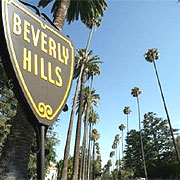 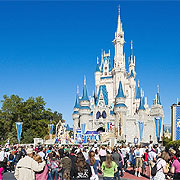 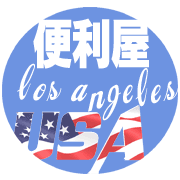 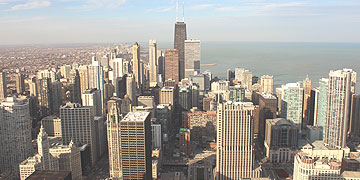
|